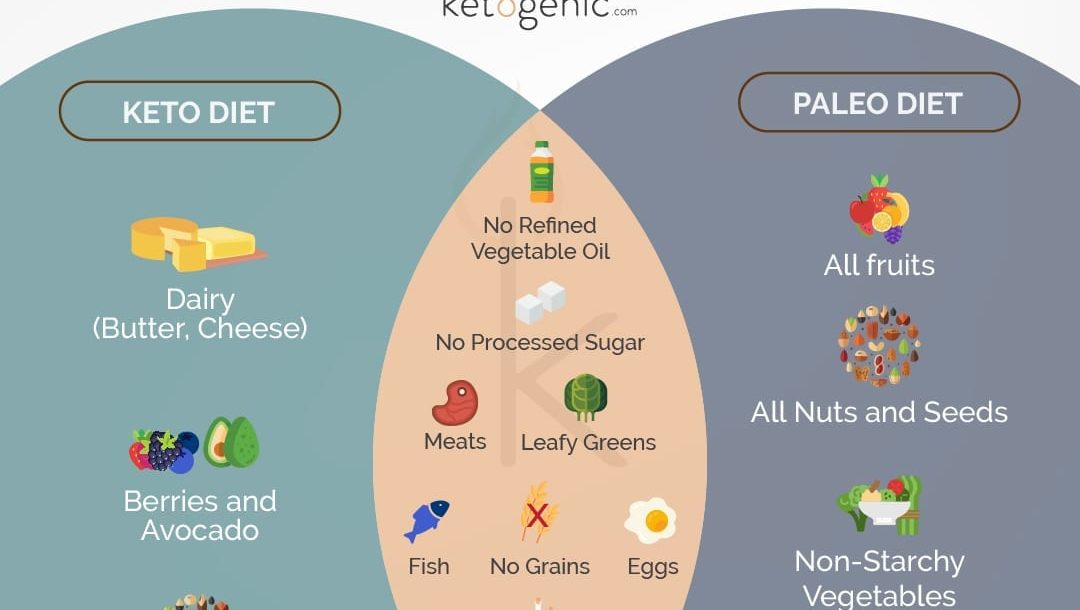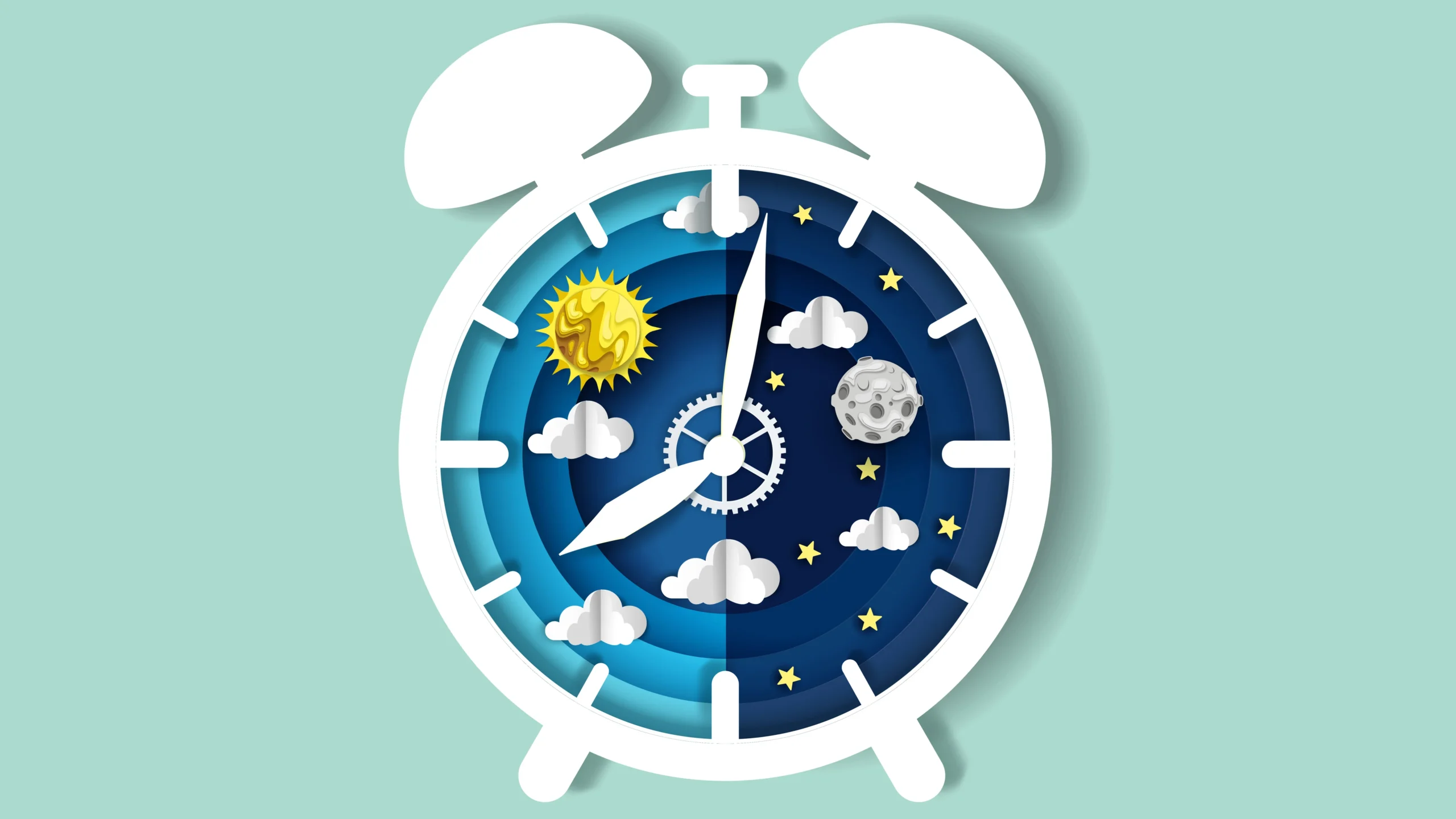Decoding Diets: Keto, Paleo & Beyond

Navigating the World of Specific Diets: A Comprehensive Guide
Choosing a diet can feel overwhelming. With countless options vying for your attention – keto, paleo, Mediterranean, gluten-free, and more – it’s easy to get lost in the noise. This post will delve into some popular dietary approaches, providing an in-depth look at each while emphasizing the crucial need for personalized advice from a healthcare professional or registered dietitian before making any significant changes.
The Ketogenic Diet (Keto)
The ketogenic diet is a high-fat, very low-carbohydrate, moderate-protein diet. The goal of keto is to shift your body’s primary fuel source from glucose (from carbohydrates) to ketones – produced when the liver breaks down fat. This metabolic state, known as ketosis, is believed to offer several potential benefits, though more research is ongoing.
How it Works: By severely restricting carbohydrate intake (typically under 50 grams per day), your body depletes its glucose stores and begins to break down fat for energy. This produces ketones, which the brain can use as fuel. Foods allowed on a ketogenic diet include meat, fish, poultry, eggs, healthy fats like avocados and olive oil, nuts and seeds (in moderation due to carb content), and non-starchy vegetables.
Potential Benefits: Some studies suggest keto may be helpful for weight loss, blood sugar control in individuals with type 2 diabetes, and potentially even managing certain neurological conditions. However, results vary significantly between individuals.
Potential Drawbacks & Considerations: The ketogenic diet is restrictive and can lead to the “keto flu” – a collection of symptoms like fatigue, headache, and nausea that occur as your body adapts to ketosis. Nutrient deficiencies are possible if not carefully planned. Long-term effects of keto are still being studied. It’s particularly important to consult with a healthcare professional before starting keto, especially if you have any pre-existing medical conditions such as kidney problems or diabetes.

The Paleo Diet
The paleo diet, often referred to as the “caveman” diet, aims to mimic the eating habits of our ancestors from the Paleolithic era – before the advent of agriculture.
What’s Allowed: The core principle is to eat foods that would have been available to early humans. This includes lean meats, fish, fruits, vegetables, nuts, and seeds. Foods excluded are grains (wheat, corn, rice), legumes (beans, lentils), dairy products, processed foods, refined sugars, and vegetable oils.
Rationale: Proponents argue that our bodies haven’t fully adapted to the modern diet, leading to chronic diseases. By eating “natural” foods, they believe we can improve health outcomes.
Potential Benefits: The paleo diet can encourage consumption of whole, unprocessed foods and may lead to weight loss due to its emphasis on lean protein and vegetables. It naturally limits added sugars and unhealthy fats.
Potential Drawbacks & Considerations: The exclusion of entire food groups (grains, legumes, dairy) raises concerns about potential nutrient deficiencies (calcium, vitamin D). Some find the diet restrictive and difficult to maintain long-term. It’s essential to ensure adequate calcium and other nutrients if following a paleo approach.
The Mediterranean Diet
The Mediterranean diet isn’t a “diet” in the traditional sense; it’s more of an eating pattern based on the traditional foods consumed by people living in countries bordering the Mediterranean Sea (like Greece, Italy, and Spain).
Key Components: The cornerstone is abundant fruits, vegetables, whole grains, legumes, nuts, seeds, and olive oil. Fish and seafood are eaten regularly, while red meat is limited to occasional consumption.
Rationale: Extensive research demonstrates the numerous health benefits of this dietary pattern. It’s rich in antioxidants, fiber, and healthy fats.
Potential Benefits: The Mediterranean diet has been linked to a reduced risk of heart disease, stroke, type 2 diabetes, certain cancers, and cognitive decline. It’s considered one of the healthiest eating patterns globally.
Potential Drawbacks & Considerations: While generally very healthy, the cost of some ingredients (like seafood) can be a barrier for some individuals. Portion control is still important to avoid weight gain.
Gluten-Free Diet
A gluten-free diet involves eliminating gluten – a protein found in wheat, barley, and rye.
Who Needs It? The primary reason to follow a gluten-free diet is for individuals with celiac disease, an autoimmune disorder where gluten triggers damage to the small intestine. Others may have non-celiac gluten sensitivity (NCGS), experiencing symptoms like bloating or fatigue when consuming gluten.
What’s Excluded: Wheat, barley, and rye are off-limits. This includes many common foods like bread, pasta, beer, and baked goods. However, there are plenty of naturally gluten-free options available, such as fruits, vegetables, meat, fish, poultry, rice, quinoa, corn, and potatoes.
Potential Benefits: For individuals with celiac disease or NCGS, eliminating gluten can alleviate symptoms and improve overall health.
Potential Drawbacks & Considerations: A gluten-free diet can be expensive, as many processed gluten-free products are often higher in price. It’s important to ensure adequate nutrient intake (fiber, iron) when following a gluten-free diet.
Important Disclaimers and Final Thoughts
This information is for general knowledge and informational purposes only, and does not constitute medical advice. It is essential to consult with a qualified healthcare professional or registered dietitian before making any significant changes to your diet. Each individual’s nutritional needs are unique, and what works well for one person may not be suitable for another.
Sustainability is Key: The best diet is the one you can stick with long-term. Consider your lifestyle, preferences, and goals when choosing a dietary approach. Focus on creating sustainable habits that support your overall health and well-being rather than chasing quick fixes.
Listen to Your Body: Pay attention to how different foods affect you. Keep track of your symptoms and energy levels to identify what works best for you.



